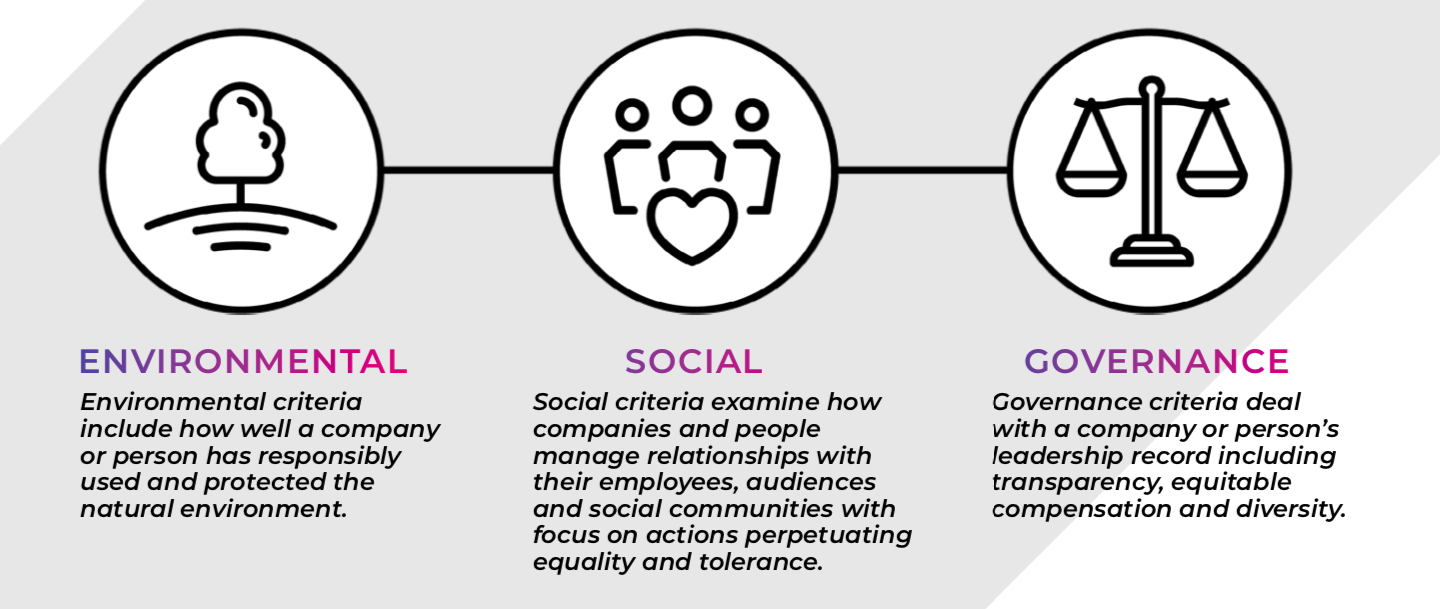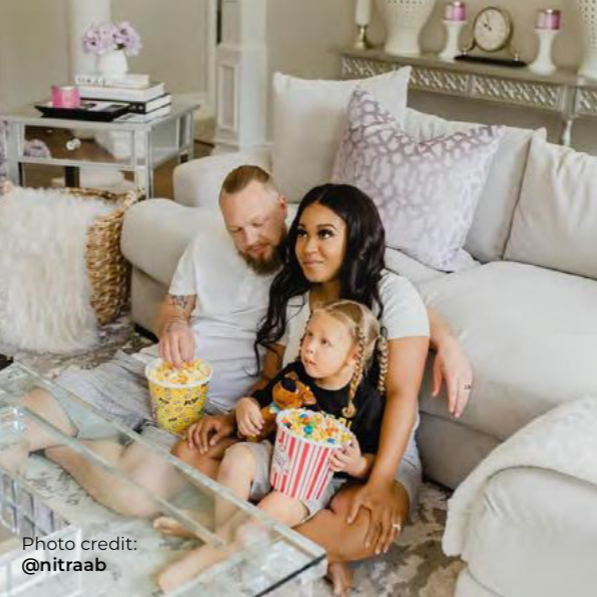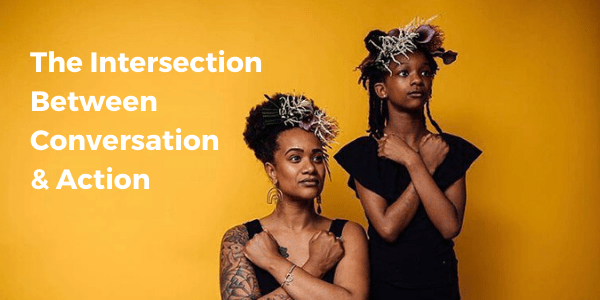This blog has been adapted from our latest white paper, which you can download here for free!
The Value of Ethics
 More than ever, today’s informed consumer has been emboldened to seek out brands and products that align with not just their needs, but their values too. There are so many options after all.
More than ever, today’s informed consumer has been emboldened to seek out brands and products that align with not just their needs, but their values too. There are so many options after all.
The current moral crisis, brought to light by Black Lives Matter demonstrations in all 50 American states and 18 co-signing countries, is shining a bright light on the unfairness entrenched in the media, entertainment and influencer marketing industries. From the eyes of the consumer, brands can no longer remain silent. Often prompted out of action on the basis of brand safety, some companies on the sidelines are proving to be less and less safe after all. The long held belief that ethical practices come at the expense of business performance has officially proven to be a thing of the past, especially when taking into account the enduring memory of the internet.
It’s commonplace now for companies to issue apology statements but what if all companies followed a set of criteria to judge their practices in an effort to identify possible missteps and rectify them before they cause consumers and stockholders undue harm.
Environmental, social, and governance criteria are increasingly crucial ways for companies to assess their practices and messaging as well as those of their partners and contracted talent before it’s too late. While these guidelines have only recently found their role in the world of finance and investing, they can be slightly modified to apply here.

It is now more important than ever to use these criteria to evaluate your strategies, your partnerships and talent selection to not only mitigate risk of your marketing dollars but also to help audiences build a worldview of empathy, love and understanding.
The Importance of Psychographic Data
While race is undoubtedly important in understanding our audiences’ experiences, it does our creative, consumers and stockholders a tremendous disservice to use this metric as the only lens by which to view our audience. Modern marketers looking to connect with consumers on the basis of more than just their skin color should begin or expand efforts, to understand their audience’s psychographics and include learnings into creative briefs and RFPs.
Psychographic information is inclusive of your consumer’s habits, hobbies, spending habits and values. While demographics explain who your buyer is, psychographics explain why they buy and perhaps why they share, which goes a substantial way further towards understanding the creative that they might respond best to from your brand.
Actively reeducate yourself on your consumers, their motivations, values and opinions and then allow those factors to guide strategy, creative and talent selection. Doing so will inevitably bring forth more nuanced creative and greater connection between brands and consumers.
Representation in Influencer Marketing

Social media has given rise to a generation of brilliant, driven creators who are eagerly expressing their unique experiences without the limitations of traditional media channels. However, it’s clear now that while the invention of social media and influencer marketing is relatively new, we brought with us, perhaps even unconsciously, the pervasive and archaic structures were long held in previous forms of media.
Let us also be conscious of the contributions from Black people on art, culture, dance, music, and literature, and actively seek to partner with those rarely heard, but invaluable voices. We should look for visible ways to include more diverse representation into our marketing efforts and expand our narrow understanding of that word to include sexual orientation, gender identity, differently-abled people and intersectionality.
We suggest that all companies take a look at their current practices to uncover unconscious biases that exist, be it in creative, talent selection, or contract negotiations. Especially contract negotiations. Hire new faces, amplify their voices and pay them equitably.
Diversity is a Fact and Inclusion is a Must
 The power of attention comes with unique sets of responsibilities that up to this point have been yielded with little accountability. As we move forward and work on building a future we all feel proud of, we have created a map that will guide us on this journey of change.
The power of attention comes with unique sets of responsibilities that up to this point have been yielded with little accountability. As we move forward and work on building a future we all feel proud of, we have created a map that will guide us on this journey of change.
Company’s actions henceforth should be firmly rooted in first listening and educating themselves. While we implore you to do your own outreach, here are seven recommendations and key Diversity and Inclusion principles we have heard from our staff and community:
-
It Starts At The Conference Table.
Build diverse teams who are committed to the company’s mission, goals, and values. Look to add those who are vocal with their opinions and reward them when shared. The enriching effects of differing perspectives, cultures and backgrounds are limitless as too are the consequences for their absence.
-
Your Bias Are Not Your Fault.
While the fault of our implicit basis may not fall on our shoulders, the responsibility to do something about them does. Take a moment to review current practices to uncover unconscious biases that exist, be it in creative, talent selection, or contract negotiations. Then, review them again and again periodically.
-
Discomfort is a Sign of Growth.
Things will be different from now on and we will be continually called upon to change our language and behavior as we learn new and interesting things about our audience. It’s best to get used to asking questions and the feeling of discomfort that comes with that. Not only will it benefit the world but your company culture, employee retention rate and your bottom line as well.
-
The Value of Having Values.
Rather than virtue signaling with one-off donations and “diverse” campaigns, make being an ally an ongoing effort. Use the ESG criteria described above to begin evaluating partnerships and talent, both ones you already have and ones you are considering in the future. Ensuring your values and actions are aligned with those of your employees, partners and ambassadors will save you both time and money in the long run.
-
Think About Your Audience Holistically.
Actively question what you think you know about your consumers. Explore ways to learn more about their motivations, values and opinions and then allow those factors to guide your marketing efforts.
-
Democratize Creativity.
Trust diverse content creators with the creative reigns. While we continue to educate ourselves on the various cultures that make up our communities, allow influencers to interpret creative briefs in their own way and then use the opportunity to learn from their choices.
-
Fair Terms For All Creators.
Incorporating diverse, intersectional creators should not be an afterthought. Consumers not only appreciate these efforts but they also notice when you are not doing it. The general market is the multicultural market and your content should reflect that. Additionally, do your due diligence to identify and bridge probable pay gaps that exist between White influencers and those who identify as BIPOC.
____
If you’d like to learn more feel free to contact us at any of our social channels or drop us an email at social@openinfluence.com. We’d love to hear and learn from you!

